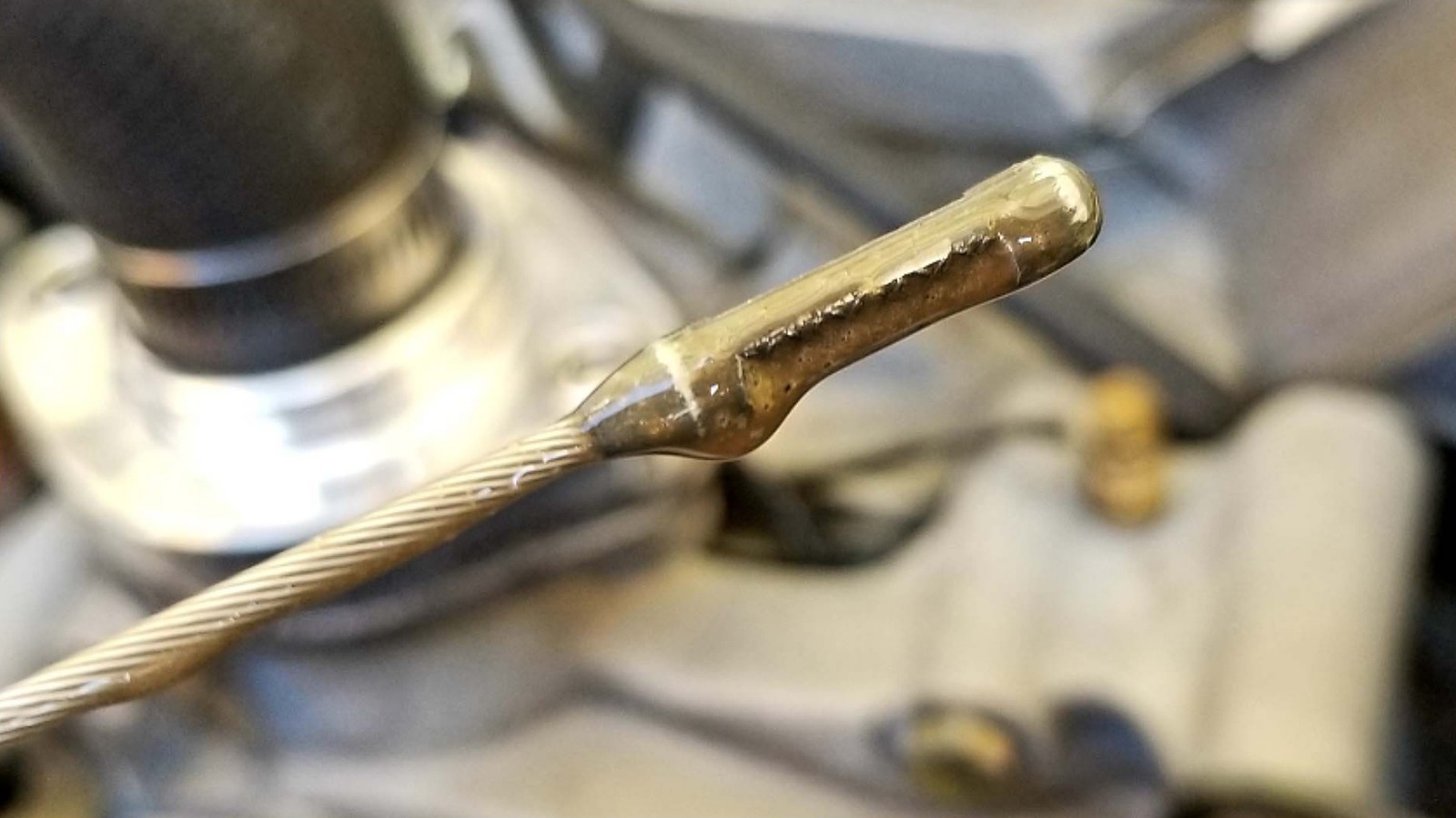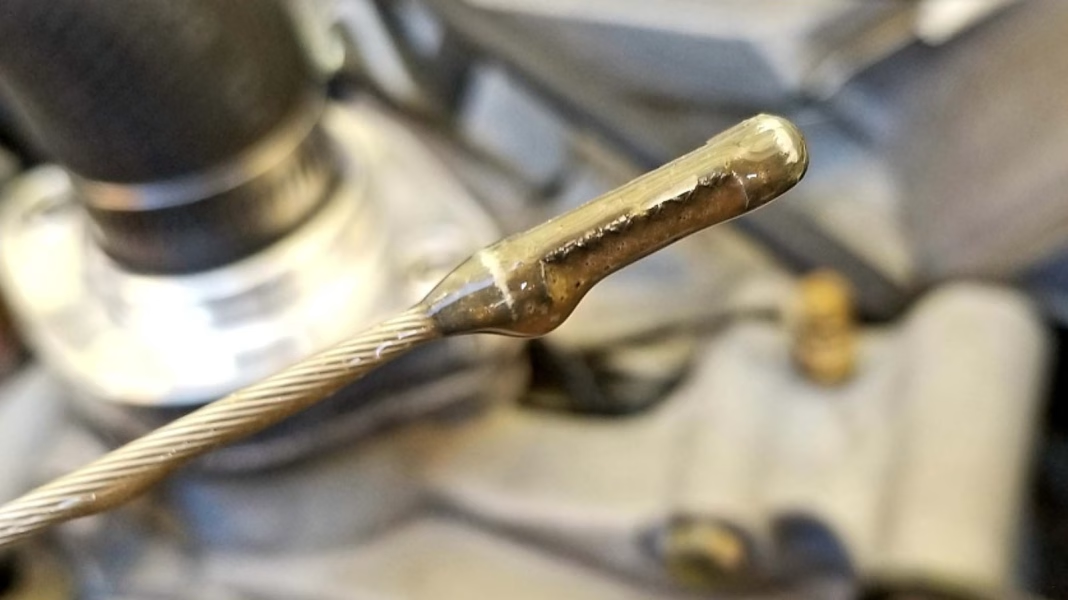What Does It Mean If You See Bubbles on Your Oil Dipstick?
You pop the hood, pull out the dipstick, and there they are—tiny bubbles clinging to the oil. It’s enough to make any car owner pause. Is this a red flag, or just a harmless quirk? Let’s break down what those bubbles might be telling you about your engine’s health.
Are Oil Bubbles Always a Sign of Trouble?
Not necessarily. Sometimes, a few bubbles are nothing to worry about. Oil naturally traps a bit of air as it circulates, especially if you’ve just turned off the engine or checked the dipstick right after driving. The oil pump churns things up, and a little froth can form. If the bubbles disappear after a minute or two, you’re probably in the clear.
But if those bubbles stick around, or if the oil looks milky or foamy, that’s a different story. Persistent bubbles can point to deeper issues—ones you don’t want to ignore.
What Causes Persistent Bubbles in Engine Oil?
Let’s get specific. Here are the most common culprits behind stubborn oil bubbles:
1. Overfilled Oil: Too much oil can whip up foam as the crankshaft spins through it, almost like beating egg whites. This not only causes bubbles but can also reduce lubrication, leading to premature engine wear.
2. Coolant Leaks: If your head gasket is failing, coolant can seep into the oil. The result? A milky, frothy mess on your dipstick. According to a 2023 report from the American Automobile Association (AAA), coolant contamination is one of the top five causes of engine failure in vehicles over five years old.
3. Wrong Oil Type: Using oil with the wrong viscosity or additives can lead to aeration. High-performance engines, in particular, are sensitive to oil specs. Always double-check your owner’s manual before topping up.
4. Water Contamination: Short trips in cold weather can cause condensation to build up inside the engine. Over time, this water mixes with oil, creating bubbles and sometimes a telltale white sludge.
How Can You Tell If It’s a Serious Problem?
Start with a simple test: Wipe the dipstick, reinsert it, and check again after a few minutes. If the bubbles are gone, it was likely just agitation. If they’re still there, look closer. Is the oil creamy, or does it smell sweet (like coolant)? Are there signs of sludge under the oil cap? These are warning signs that need attention.
Another tip: Monitor your coolant and oil levels. If either is dropping without explanation, you might have a leak. Mechanics often use a pressure test to confirm a head gasket failure, but you can catch early signs just by keeping an eye on your fluids.
What Should You Do If You Spot Bubbles?
First, don’t panic. Here’s a quick checklist:
– Let the engine cool, then check the oil again.
– Make sure you’re using the correct oil and that it’s at the proper level.
– If the oil looks milky or smells off, schedule a visit with your mechanic.
– For high-mileage vehicles, consider an oil analysis. Labs like Blackstone or Oil Analyzers Inc. can detect coolant, fuel, or water contamination for under $40.
Can You Prevent Oil Aeration and Bubbles?
Absolutely. Regular oil changes are your best defense. Stick to the intervals in your manual, and don’t skimp on quality oil. If you mostly drive short distances, try to take your car for a longer drive once a week—this helps evaporate any condensation that might sneak into your oil.
Also, keep an eye on your engine’s temperature gauge. Overheating can warp gaskets and lead to leaks. If you notice your car running hotter than usual, address it before it becomes a bigger issue.
When Should You Seek Professional Help?
If you see persistent bubbles, milky oil, or a drop in coolant with no visible leak, it’s time to call in the pros. Early intervention can save you thousands in repairs. According to the National Institute for Automotive Service Excellence (ASE), catching a head gasket leak early can reduce repair costs by up to 60 percent compared to waiting until major engine damage occurs.
The Big Takeaway
Seeing bubbles on your oil dipstick isn’t about perfection—it’s about smarter adjustments. Start with one change this week, and you’ll likely spot the difference by month’s end. Keep an eye on your fluids, stick to regular maintenance, and don’t ignore the little signs. Your engine—and your wallet—will thank you.


